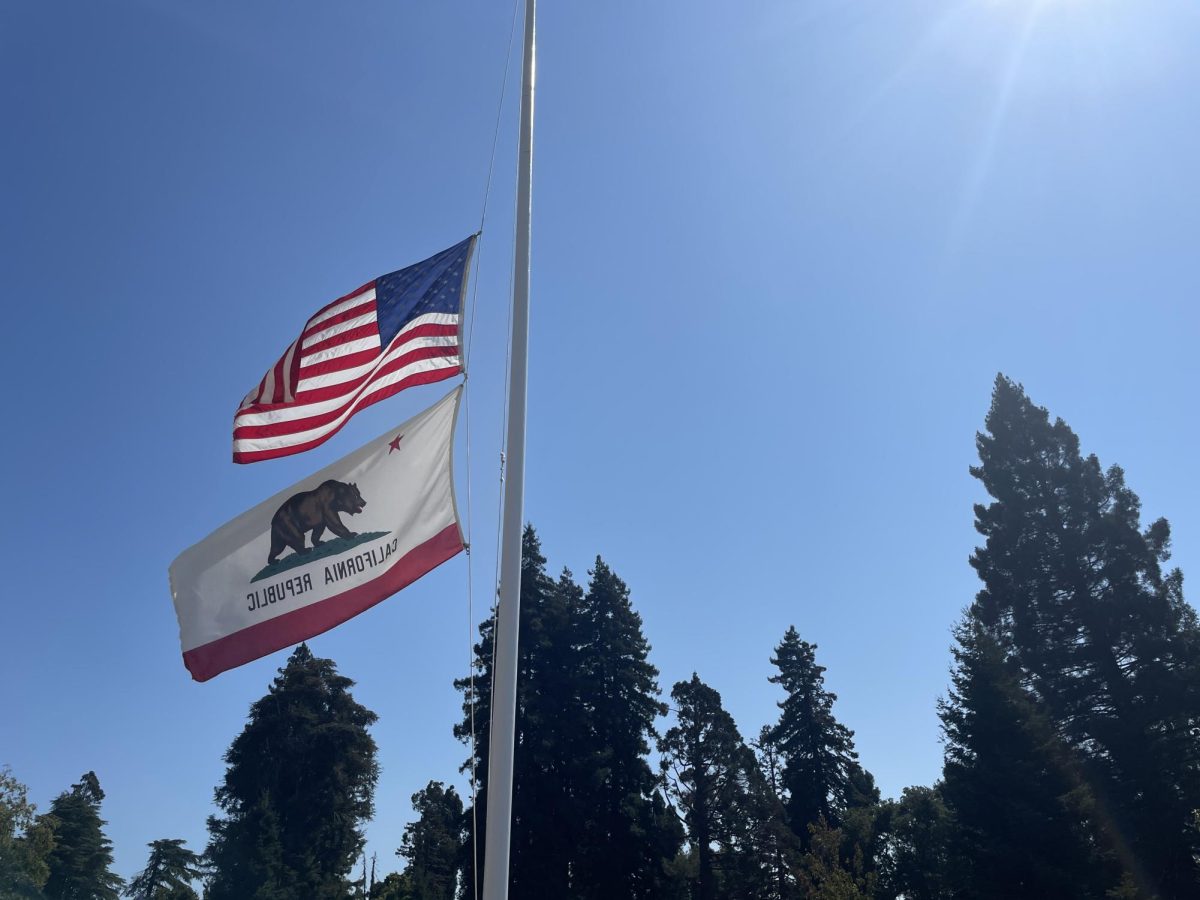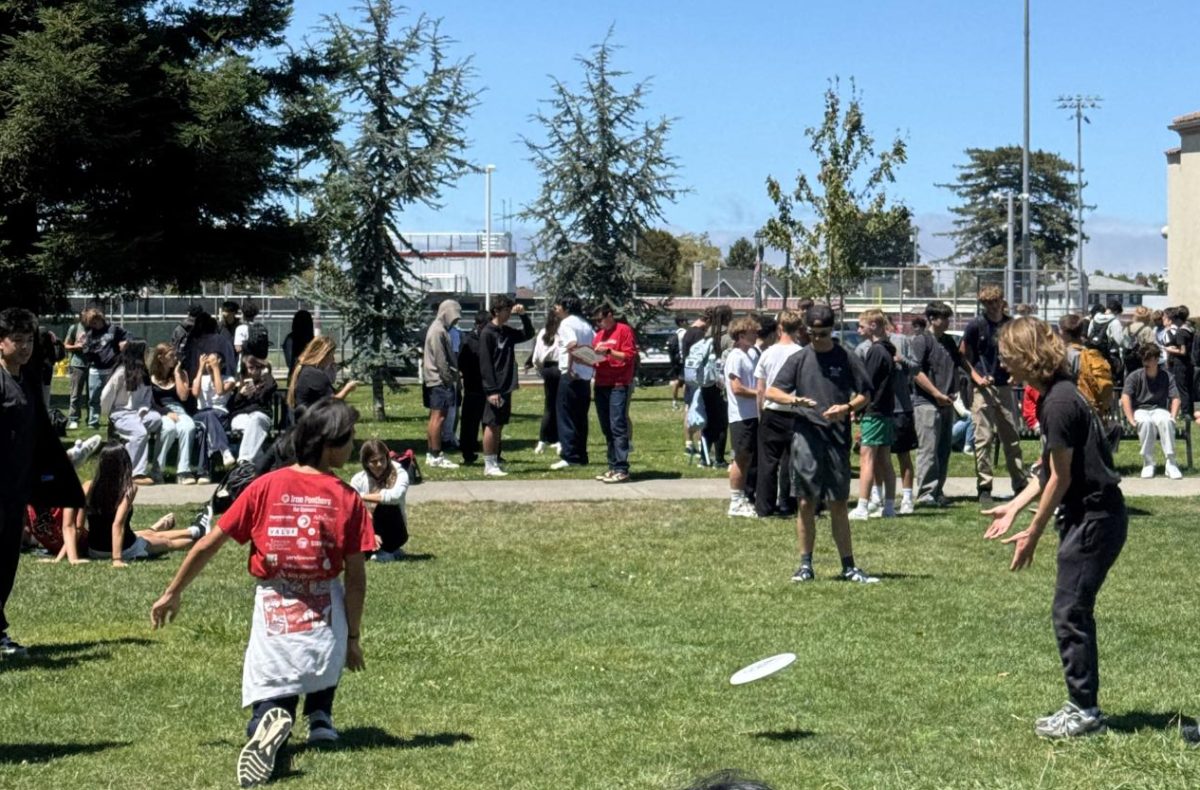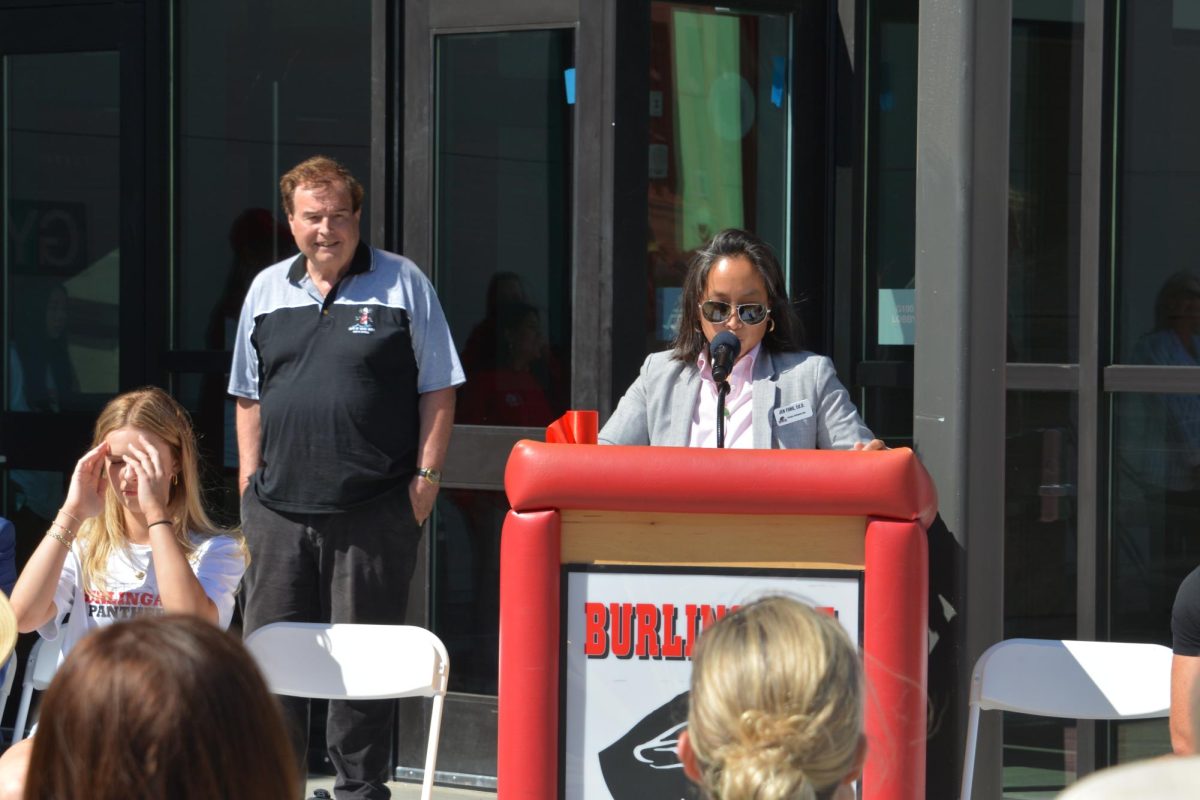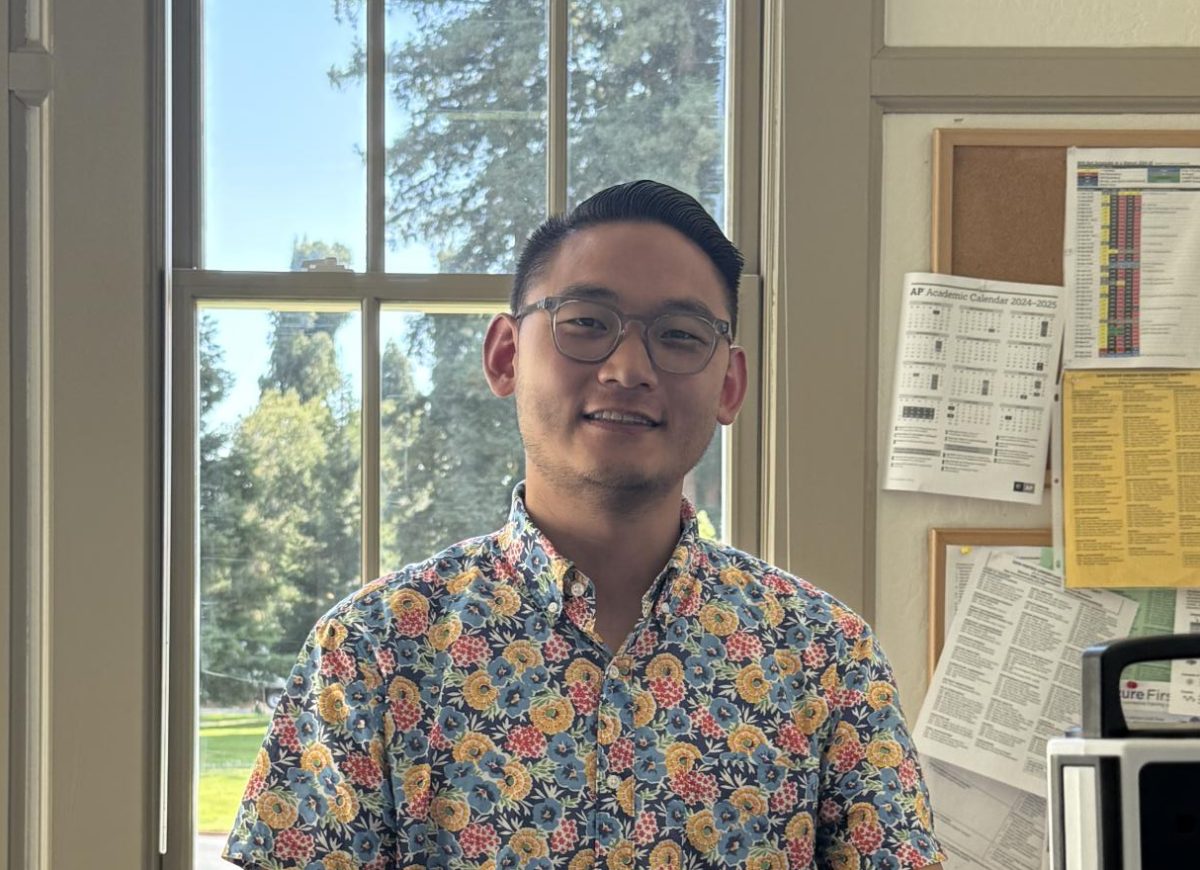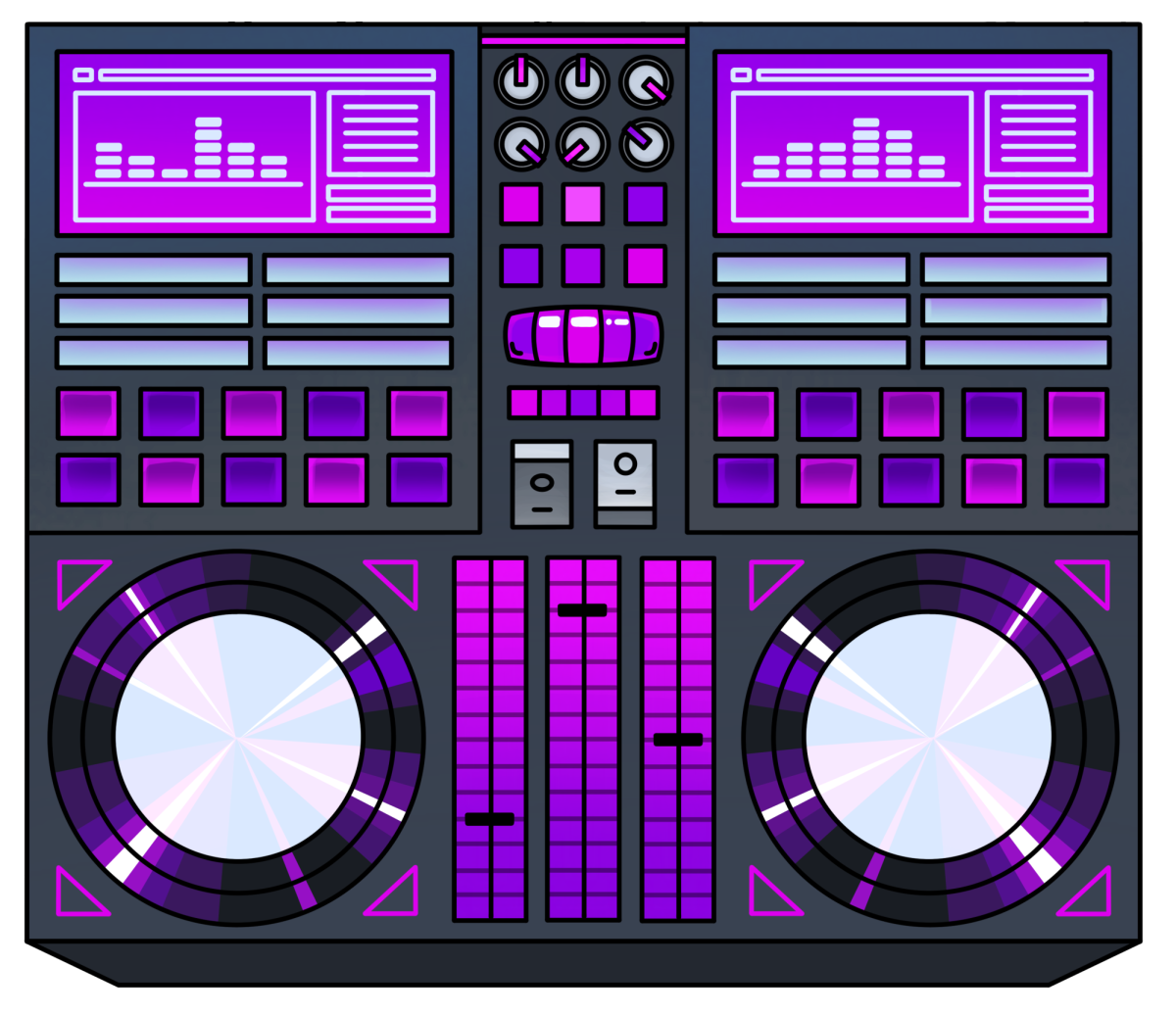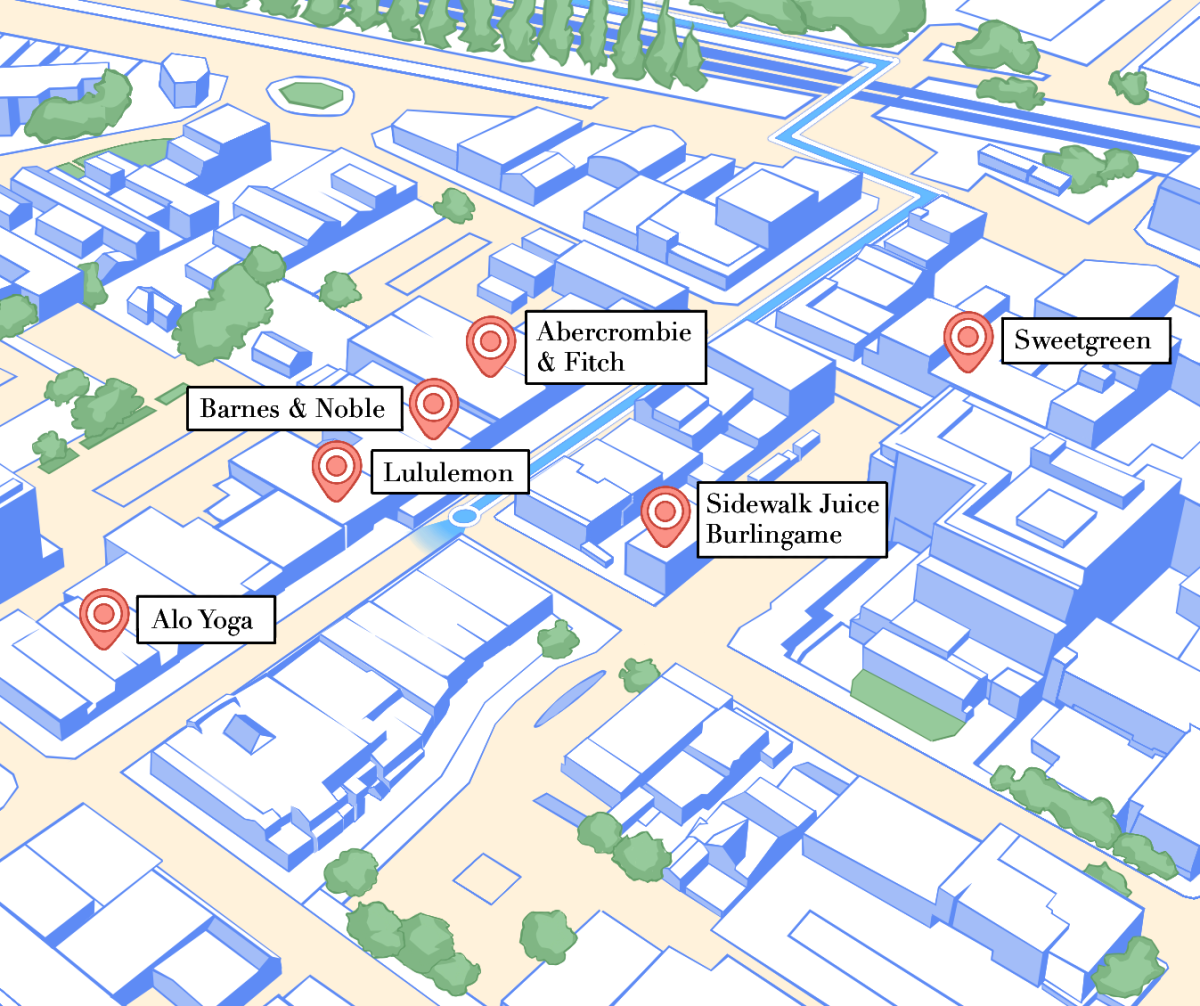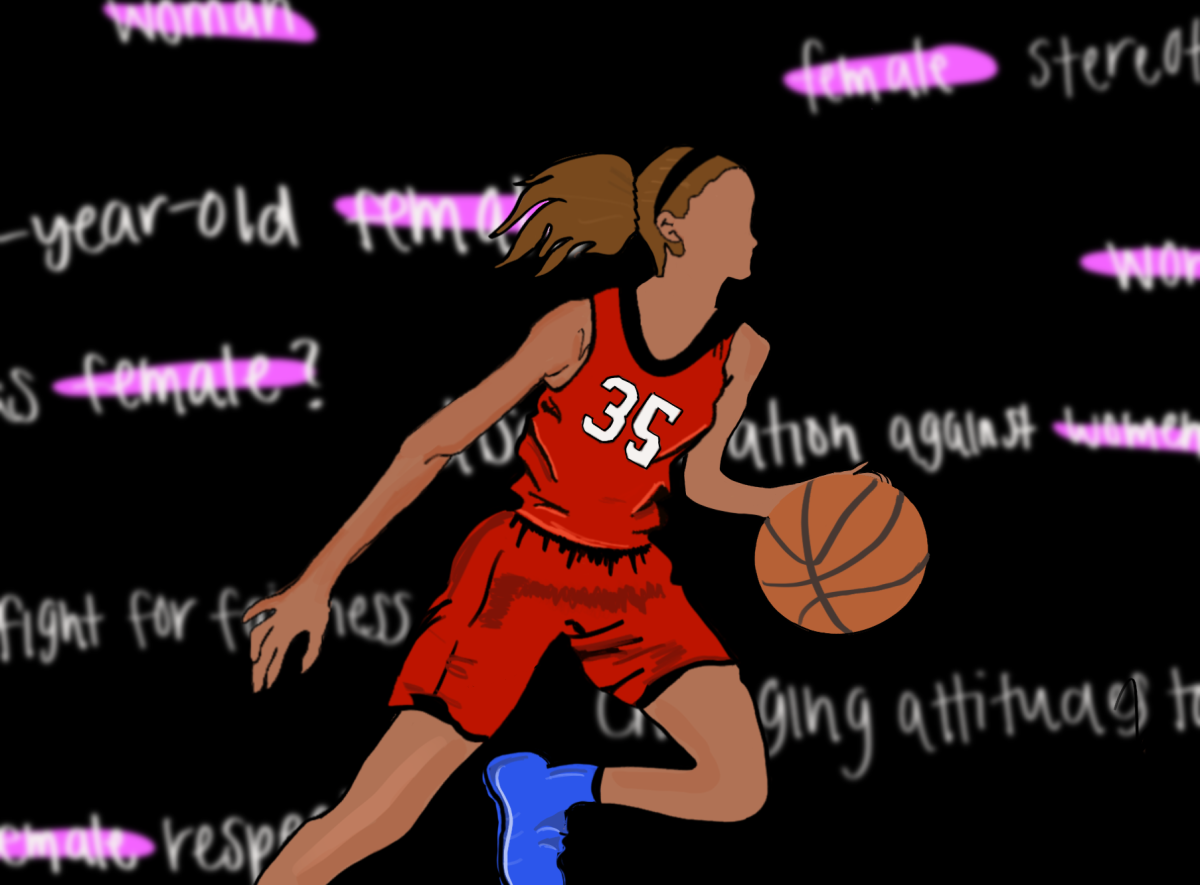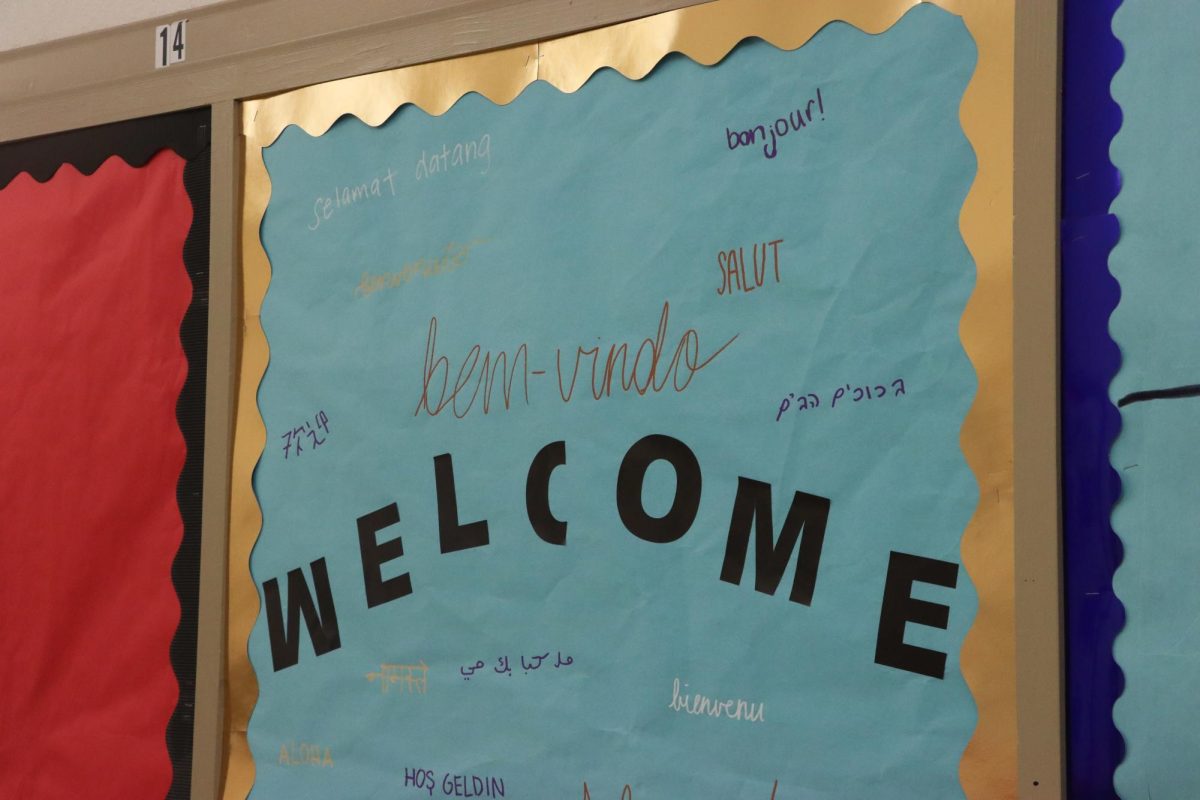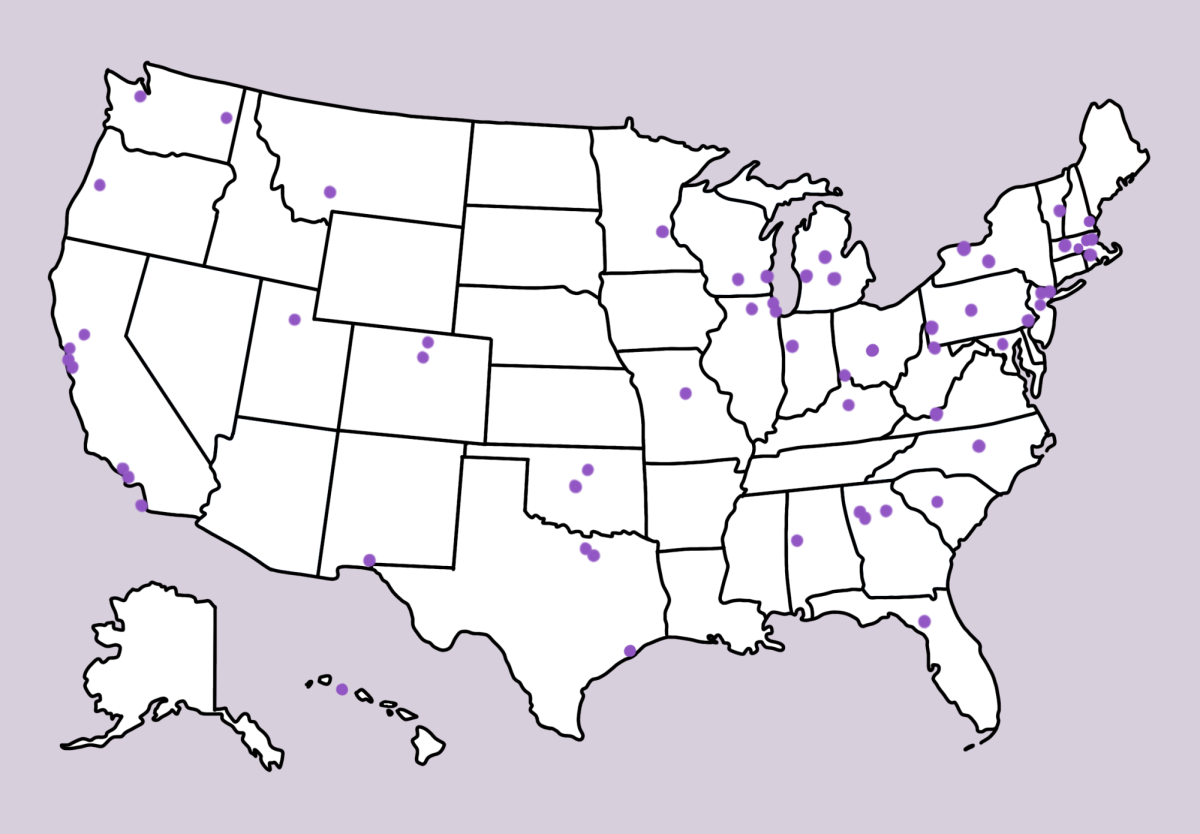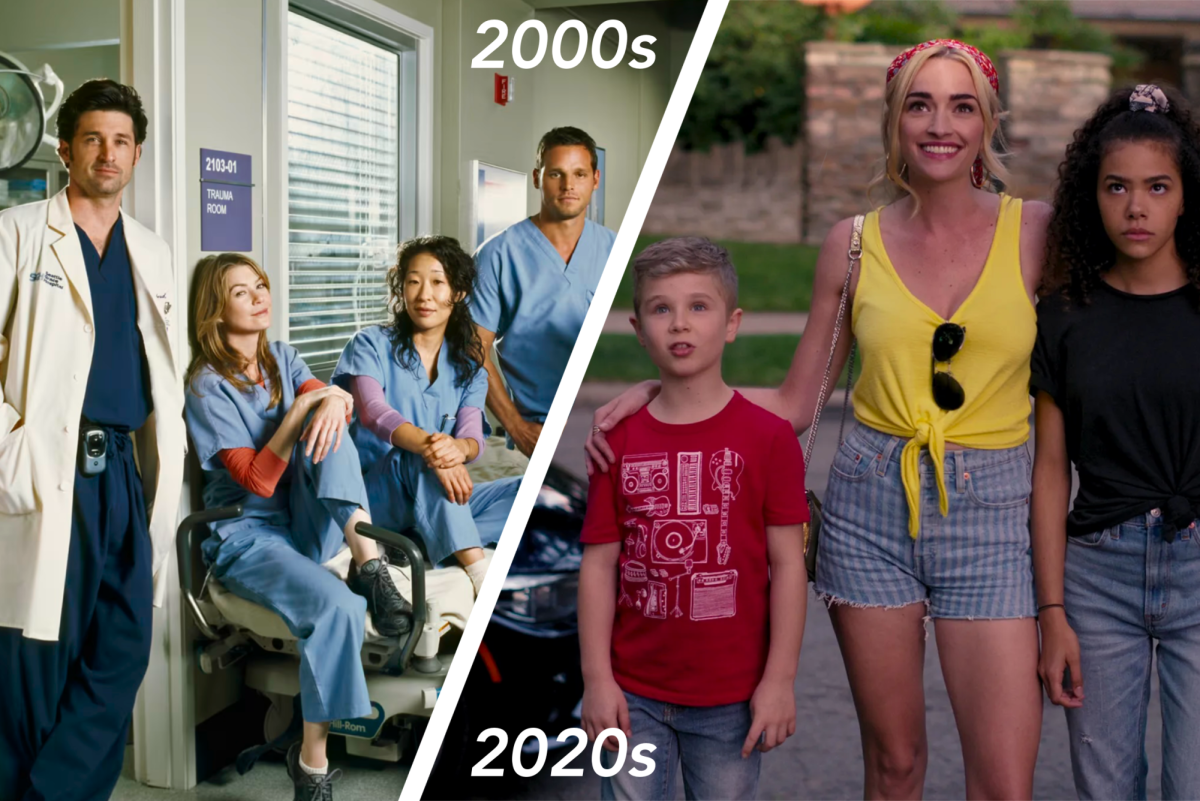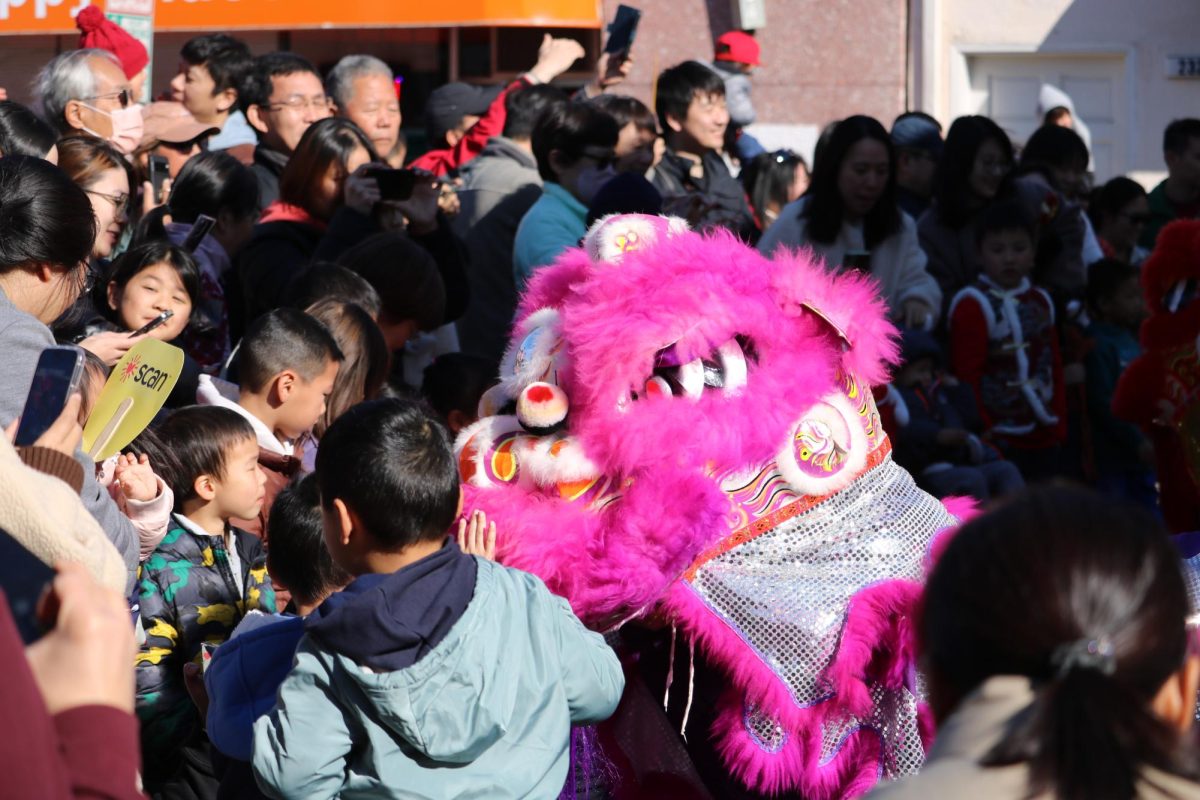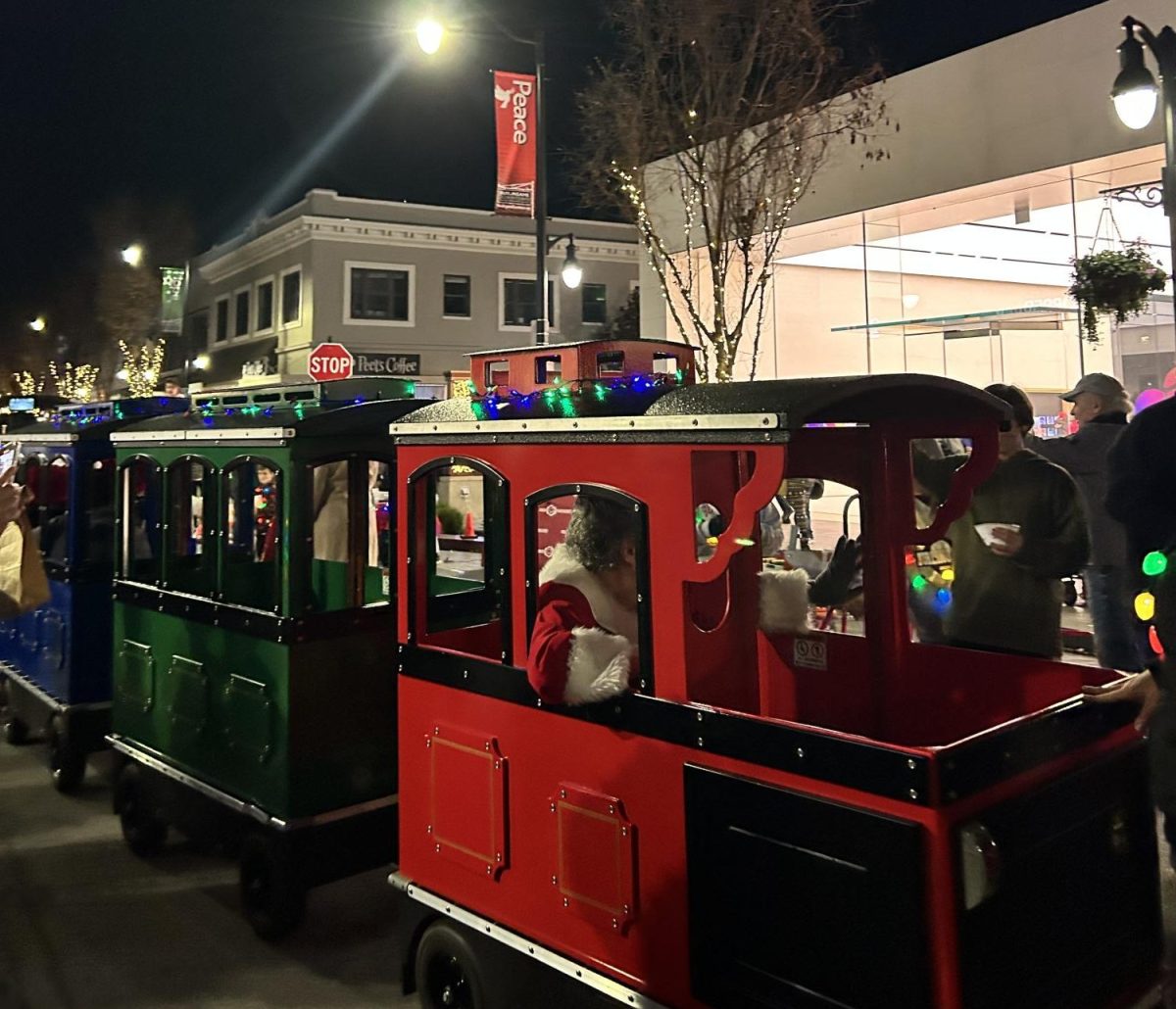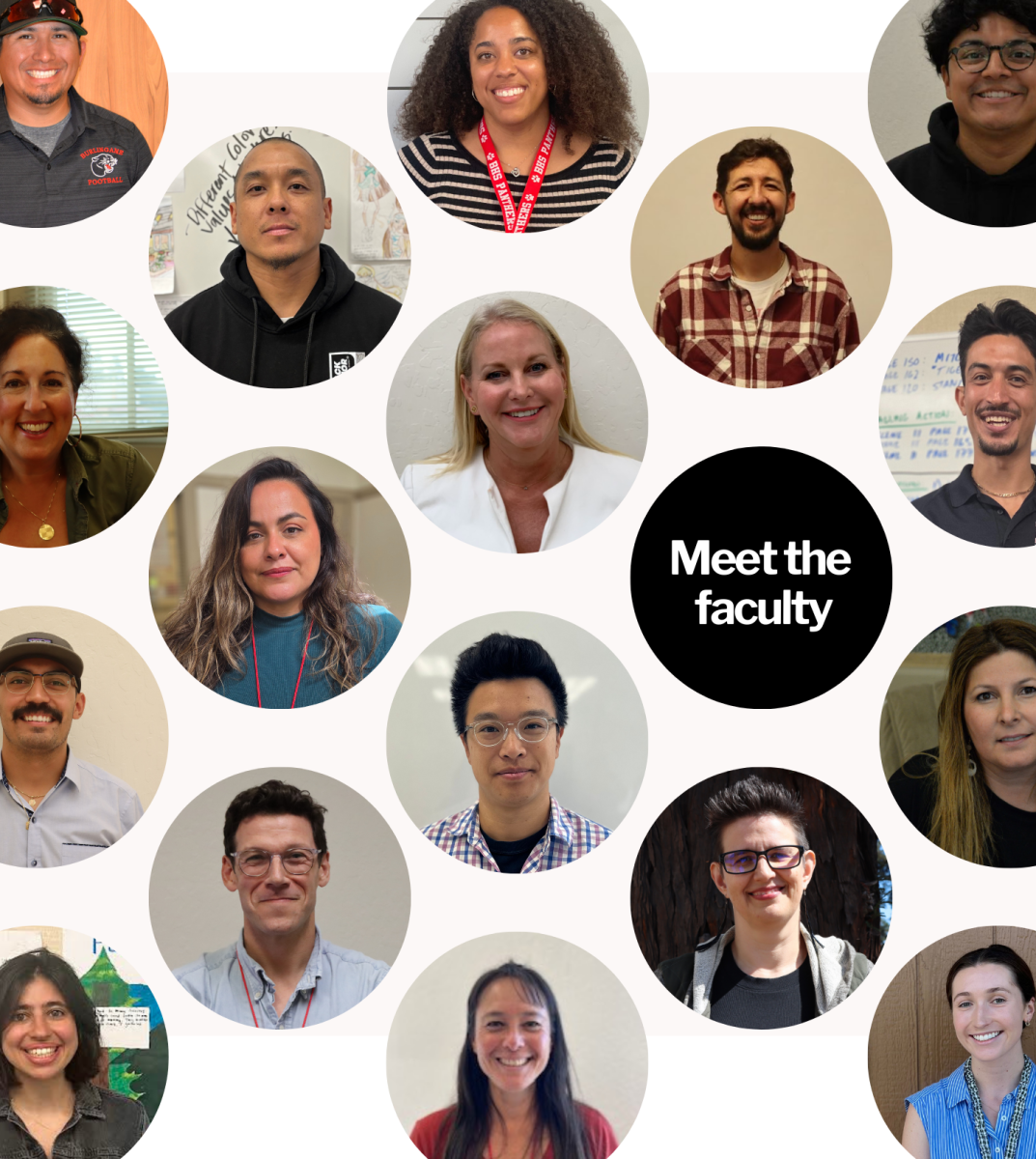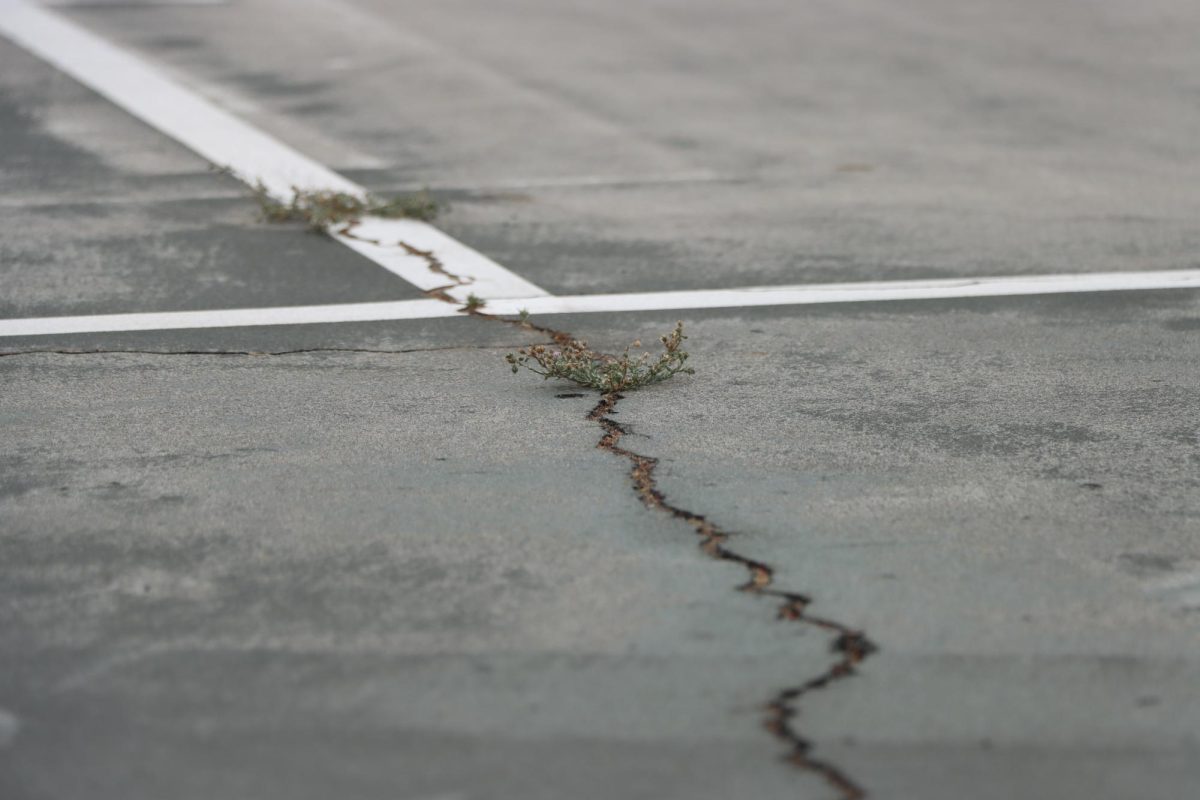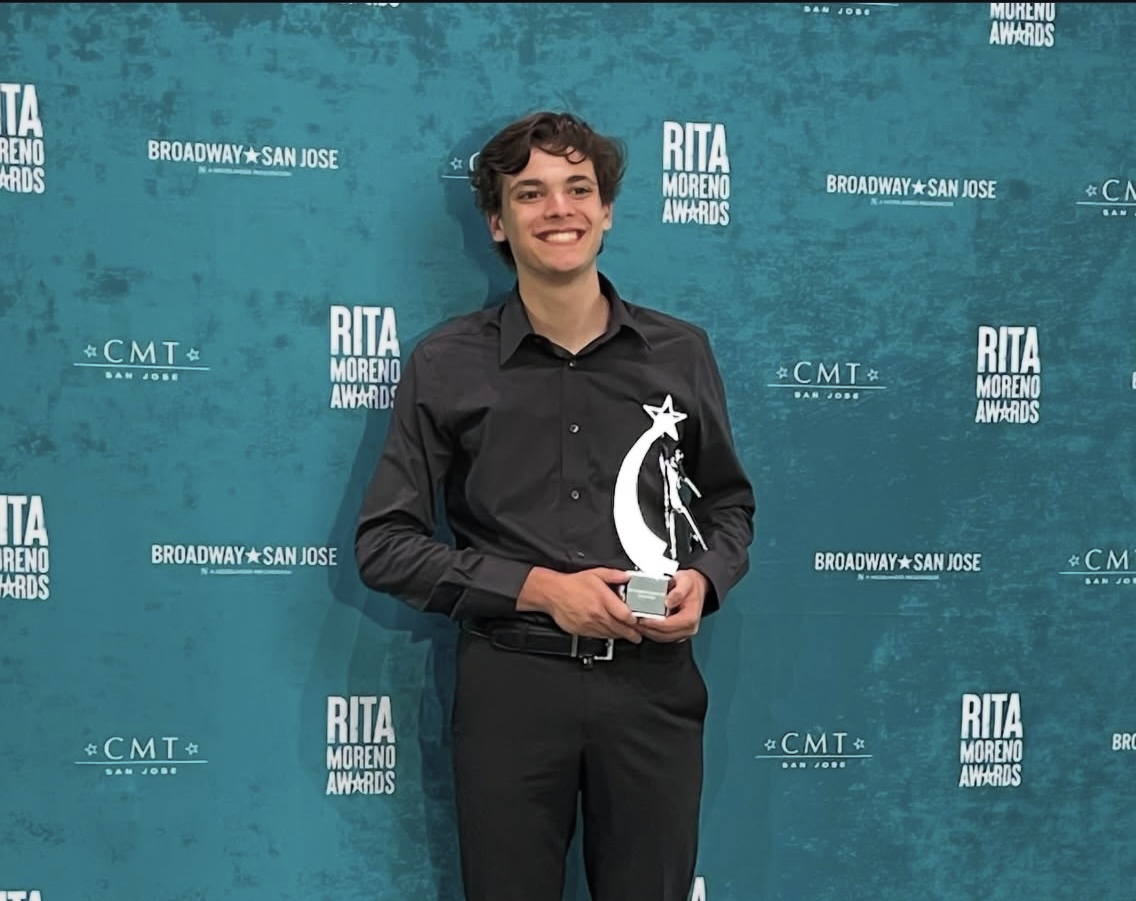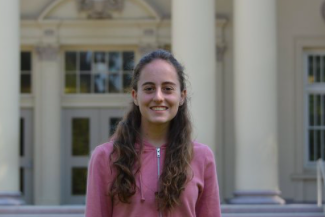In the most recent “AP Report to the Nation,” data released by the College Board revealed that many Advanced Placement courses across the country are dominated by one particular gender. Although this report analyzed AP tests taken by the Class of 2013, data from Burlingame High School’s 2018 spring semester shows that some AP courses on campus are still overwhelmingly taken by one gender.
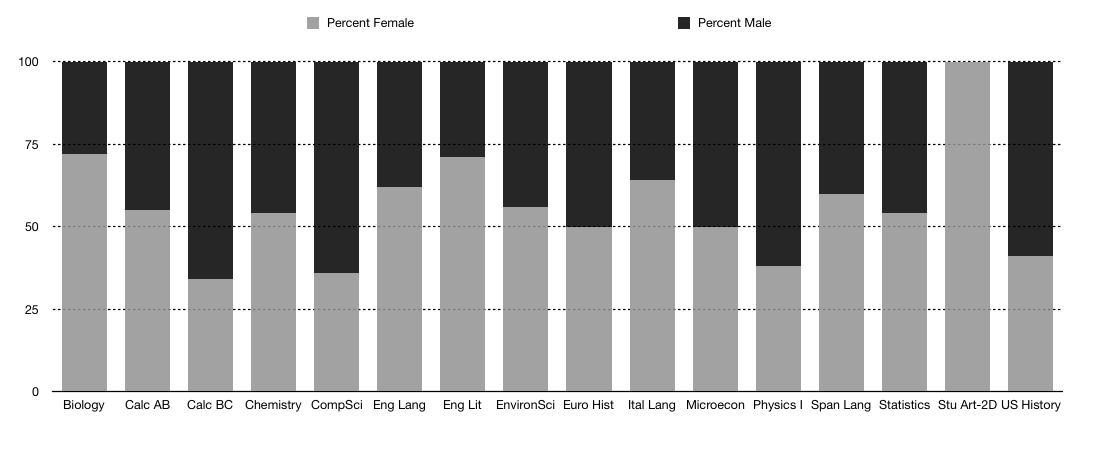
Across the United States, almost 2.10 million female students from the Class of 2013 took at least one AP test, while only 1.75 million male students did the same, meaning 46 percent of test takers were male. In comparison, 615 students at Burlingame High School are taking one or more AP classes this semester, and 300 students, or 49 percent, are male. The average Burlingame student taking at least one AP course this semester is enrolled in 2.2 AP classes, which is consistent for both male and female students.
Over half of the AP classes at Burlingame High School are taken by more female students than male students. The most dramatic example on campus is AP Studio Art-2D, where the 6 person class is composed entirely of female students, and the AP Report revealed that only 26 percent of AP Studio Art-2D test-takes are male. Additionally, in two of the most popular AP courses, AP English Language and AP English Literature, male students are underrepresented. The report also indicated that, for both AP Language and AP Literature, male students made up 37 percent of all students taking the exam, while in Burlingame, 38 percent of AP Language students and 29 percent of AP Literature students are male.
“Certainly in education there is a lot of talk about how, throughout honors and AP classes and even into college, there has been an increasing stratification between males who choose to take that path and females who choose to take that path. It’s something that I think in education we are concerned about and want to pay attention to,” AP Literature teacher Amy Farley said. “I want any student who is interested in literature, who is interested in having complicated discussions, in pushing themselves as a writer and a thinker to feel like they are capable of success in class, and to me that is a desire that is not gender specific.”
Nationally, female students were most severely underrepresented among test-takers in the AP Computer Science exam. The report revealed that only 19 percent of students taking the test were female, and three states saw no female students take the AP Computer Science exam at all. The state with the most balanced male-to-female ratio was Tennessee, but, even there, only 29 percent of test-takers were female. The data are similar at Burlingame, where only 36 percent of all students enrolled in AP Computer Science for the spring semester are female.
However, AP Computer Science is not the AP course on campus with the lowest percentage of female students. That title goes to AP Calculus BC, where this year only 34 percent of students enrolled are female. In this case, the national statistics are actually more balanced than the data from Burlingame. The AP Report stated that 41 percent of students taking the AP Calculus BC exam were female. Both national data and Burlingame High School data for AP Calculus BC stand in stark contrast to statistics from AP Calculus AB, a slower-paced calculus course. The AP Calculus AB classes on campus are 55 percent female, as opposed to AP Calculus BC’s 34 percent. Nationally, female students make up 49 percent of students taking the AP Calculus AB test.
Since AP classes at Burlingame have open enrollment, meaning any student who has completed the prerequisites could elect to take an AP course, students should wonder why female and male students are still choosing to take different courses.
“Traditionally, men are supposed to be better at math and women are supposed to be better at more creative things,” junior Abigail Nix said. “Maybe, even though people don’t outright say that anymore, the stereotype could still be in the back of our minds.”



